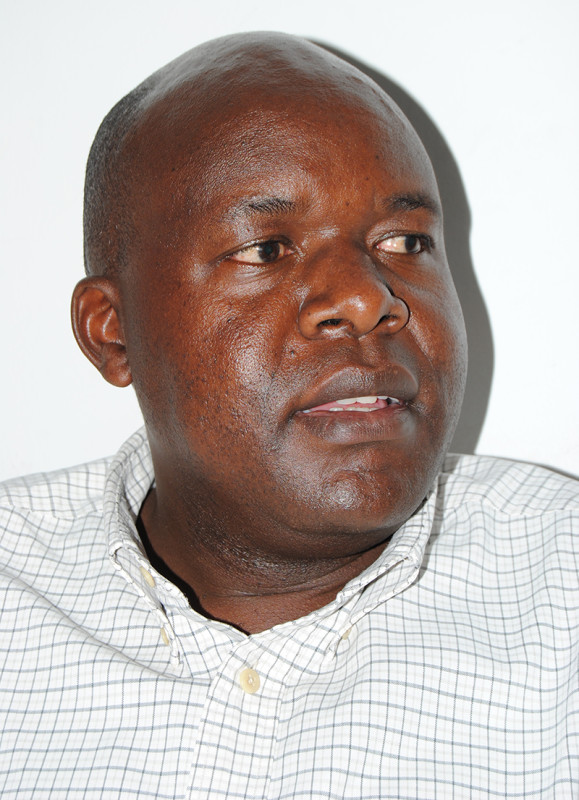China lockdowns, costs depress I&J’s H2 2022 revenue

China’s zero-Covid lockdowns in the latter half of 2022, which weren't lifted until early December, reduced export volumes for South Africa-based Irvin & Johnson (I&J), negatively impacting its overall revenues and profits.
The lockdowns, which were extended to Hong Kong – combined with low catch rates in South Africa – pushed down I&J’s revenues 2.3 percent for the six months ending 31 December 2022, the company reported. Cape Town, South Africa-based I&J is a vertically integrated seafood company that is part of the AVI Group.
I&J, with an array of seafood value-chain operations including catching, packaging, and distribution, said its revenues dropped to ZAR 1.22 billion (USD 66.3 million, EUR 62.5 million) for the six-month period, according to a joint statement by AVI Group Chairman Gavin Tipper and Chief Executive Officer Simon Crutchley.
The company also reported a decrease in operating profit from ZAR 160 million (USD 8.69 million, EUR 21.2 million) to ZAR 72.2 million (USD 3.9 million, EUR 3.7 million) compared to the same period last year.
Although South Africa overall reported a 1.6 percent GDP growth in Q3 2022, I&J’s performance came under intense pressure from higher fuel prices, which the South African Petroleum Industry Association previously attributed to “the opening up of economies after the pandemic and exacerbated by invasion by Russia into Ukraine.” The companysaid a reduction in fishing quotas for hake during the 2021-2022 fishing rights allocation process, made by South Africa’s Department of Environment, Forestry, and Fisheries, also contributed to the decrease.
“Sales volumes were negatively affected by a lower quota and the reduced total allowable catch,” AVI said. I&J CEO Jonty Jankovich-Besan declined SeafoodSource's request for comment on the results.
Despite I&J increasing average selling prices by 17 percent in H2 2022, AVI said lower sales volumes and higher costs pushed down profitability.
“Competition in the domestic and export markets was aggressive, with high levels of price inflation leading to consumers trading down and price increases not fully absorbing the impact of higher fuel prices,” it said.
I&J saw its highest revenue earnings from Europe, where the company pulled in ZAR 505.6 million (USD 27.5 million, EUR 25.9 million). That was just ahead of revenue from South Africa, which generated ZAR 442.4 million (USD 24 million EUR, 22.7 million). Revenues from the rest of the world, including other African countries, were ZAR 243.6 million (USD 13.2 million, EUR 12.5 million) and ZAR 24.3 million (USD 1.3 million, EUR 1.2 million), respectively.
The company's European results extend a trend seen in I&J’s audited results for the full year ending 30 June, 2022. In those results, the European market generated the highest revenue of any region in which I&J operates, with ZAR 996.2 million (USD 54.1 million, EUR 51 million), ahead of the South African segment’s ZAR 970.2 million (USD 52.7 million, EUR 49.7 million). The rest of the world and other African countries brought in ZAR 470.9 million (USD 25.5 million, EUR 24 million) and ZAR 36.5 million (USD 1.9 million, EUR 1.8 million) for the full year, respectively.
The company cited energy load-shedding in South Africa for further impacts to its operations, which it said increased operating costs due to the incremental increases in cost to sustain cold storage operations.
At I&J’s abalone farm, located 200 kilometers southeast of Cape Town, there were 777 hours of load-shedding during the period under review, which the company mitigated through back-up generator solutions, pushing up direct operating costs by ZAR 6.7 million (USD 364,000, EUR 343,000).
I&J said it is optimistic it will see an improvement in its performance in the next six months based on “fishing performance, fuel prices, exchange rates, and the realisation of further selling price increases.”
Moreover, the company hopes to capitalize on the recent 5 percent increase in total allowable catch for hake announced for the 2023 calendar year, as well as the recent weakening of the South African currency, the rand, to boost its exports.
However, AVI said demand for abalone remains unpredictable, although the company's management is optimistic output volumes and mix is likely to improve should the ongoing post-Covid recovery of demand in key markets persist.
Photo courtesy of AVI Group






Share